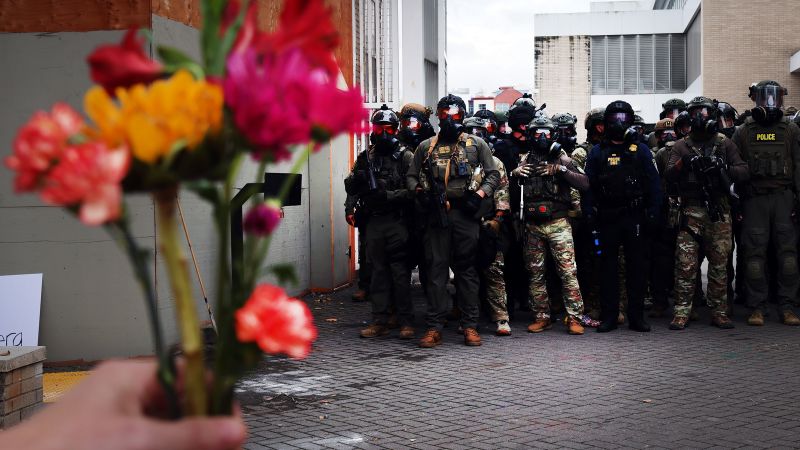The Trump administration’s aggressive immigration enforcement and National Guard deployments have ignited searing conflicts between the federal government and local officials in Democratic-run cities. But those battles are only the most visible manifestation of a much broader effort by President Donald Trump to exert unprecedented control over the nation’s large urban centers.
The administration is pressuring cities to adopt conservative policies on issues including racial diversity, transgender rights and immigration by moving to rescind their funding from a wide array of federal programs unless they do so. With tens of billions of dollars in funding at stake, the administration is using the lever of federal dollars to impose right-leaning policies popular in red jurisdictions on blue states and cities that have rejected them.
The requirements that federal agencies now “seek to impose leave (local governments) with the Hobson’s choice of accepting illegal conditions that are without authority, (and) contrary to the Constitution … or forgoing the benefit of grant funds… that are necessary for crucial local services,” wrote a coalition of dozens of major cities and counties in a sweeping lawsuit against some of these conditions this summer.
So far, lower courts have struck down many of these demands from the administration — including in that omnibus case, King County v. Turner, brought by dozens of localities against the requirements the administration has attached to grants from the Departments of Transportation, Health and Human Services and Housing and Urban Development. But the legal fights have many more rounds to go.
And the administration has signaled no slackening in its determination to pressure cities, with Trump openly musing about dispatching the National Guard into more communities, and federal departments announcing billions of dollars in further grant cancellations to blue jurisdictions during the government shutdown.
Trump’s National Guard deployments and funding pressures should be viewed as two components of the same strategy, said Jill Habig, founder and CEO of the Public Rights Project, a nonpartisan legal firm that worked with local governments on the lawsuit against the three federal agencies.
“I view them as all of a piece with this administration’s effort to turn every aspect of federal power into a tool for political extortion and retaliation,” she said. “Some of them get more attention in the press … and some of those are more behind the scenes, but it is all of a piece with turning taxpayer dollars and resources into a political weapon, rather than a public good that benefits all.”
Though federal funding has often come with some conditions for localities, the number of programs covered by the administration’s efforts, the extent of its demands on local governments, and the willingness to terminate funding for those who resist its pressure, are all unmatched, experts say. Trump’s drive to control decisions in hundreds of cities through dictates from Washington inverts the traditional Republican argument that the federal government should cede as much power as possible to state and local governments.
While Republicans have usually championed the principle of federalism, “Trump basically says, ‘Why would I do that?’” said Charles Fain Lehman, a senior fellow at the Manhattan Institute, a conservative think tank that focuses on urban issues. “Rather, he says, ‘I have a really big tool — the full power of the US federal government — and I am going to use it to accomplish the policy goals that the voters elected me to accomplish.’”
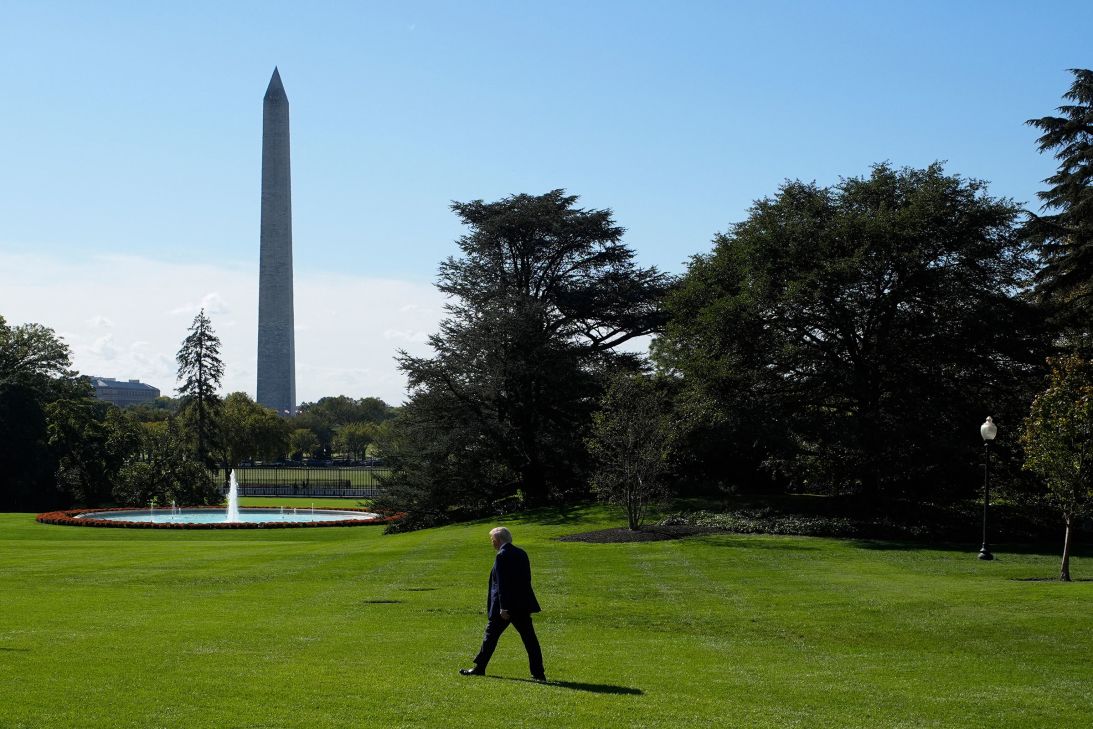
The most visible and visceral way Trump has exercised that power in several major cities has been through the combination of aggressive enforcement from US Immigration and Customs Enforcement and deployments of the National Guard, either to respond to protests against ICE, or just to generally combat crime.
These deployments are raising profound legal and political questions. Yet for all the gravity of that struggle, the Trump administration’s drive to shape big-city behavior through its fiscal leverage inevitably will affect far more places. Memos and directives are likely to be a more ubiquitous weapon in subjugating cities than troops and tanks.
Habig said that for some of the jurisdictions in the lawsuit against the three Cabinet departments, federal funding can account for up to one-fourth of their budgets. For blue cities and states, “the National Guard is the most visible” form of pressure from the administration, but “the threats are panoramic,” said Jason Elliott, a Democratic strategist and former deputy chief of staff for California Gov. Gavin Newsom.
Mitchell Moss, a professor of urban policy at New York University, said that the fiscal lever is actually a stronger tool than military deployments for Trump in what could become his highest-profile urban conflict: the confrontation looming with New York City if democratic socialist candidate Zohran Mamdani wins the November mayoral election. Moss said the scale of the New York City Police Department, the size of the city’s population, and the intense scrutiny of national and international media headquartered there will make it impossible for Trump to win “a ground battle” over aggressive immigration enforcement and/or National Guard presence.
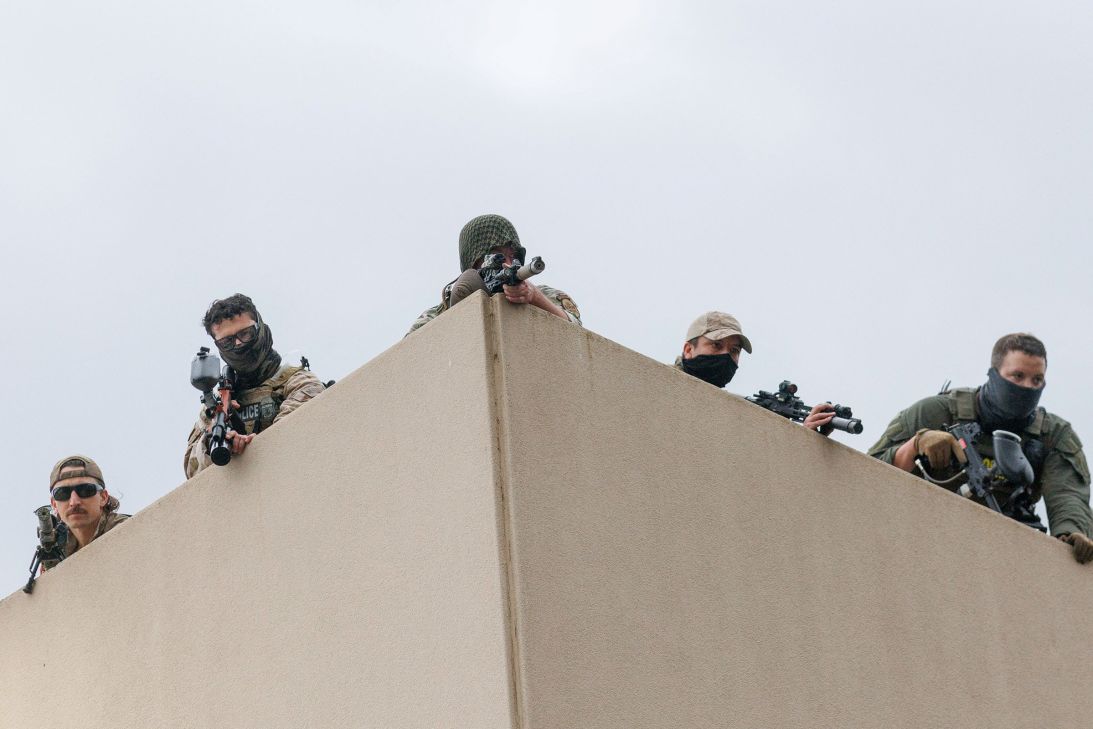
“But New York is vulnerable on its budget because $8 to $9 billion of federal aid is in the $115 billion city budget,” Moss said. “It’s the money where the federal government can really exert its leverage.”
Experts in urban policy chart two distinct phases in the administration’s fiscal pressure on cities. The first wave, during the initial months of Trump’s second term, centered on reducing or eliminating federal support for various government functions important to cities. These included the rescinding of billions of dollars in Environmental Protection Agency grants for groups working to mitigate environmental threats to low-income communities, hundreds of millions of dollars in Justice Department grants for groups working to reduce violence, $11 billion in public health grants, and $600 million in Education Department grants that localities used to help train teachers.
The administration is continuing with these categorical retrenchments, including the Transportation Department’s recent moves to claw back grants that supported city bike lanes and pedestrian safety improvements that it views as “hostile to motor vehicles.” But over time, the administration’s focus has shifted more toward mandating that cities receiving virtually any ongoing source of federal support commit to enforcing an array of conservative policies.
“They don’t have the authority to come in and say this is how your state (or city) must run,” said Cristine Soto DeBerry, executive director of Prosecutors Alliance Action, an organization of liberal local district attorneys. “So the tether they have is these federal dollars, and they are trying to mash all of their ideological preferences into the contracting and funding basket.”
The Trump administration is employing this strategy government-wide. The lawsuit filed earlier this year by several dozen major cities, counties and other local jurisdictions (including New York, Los Angeles, Chicago, Denver, and the counties centered on Seattle, Madison and Tucson) listed a wide array of examples.
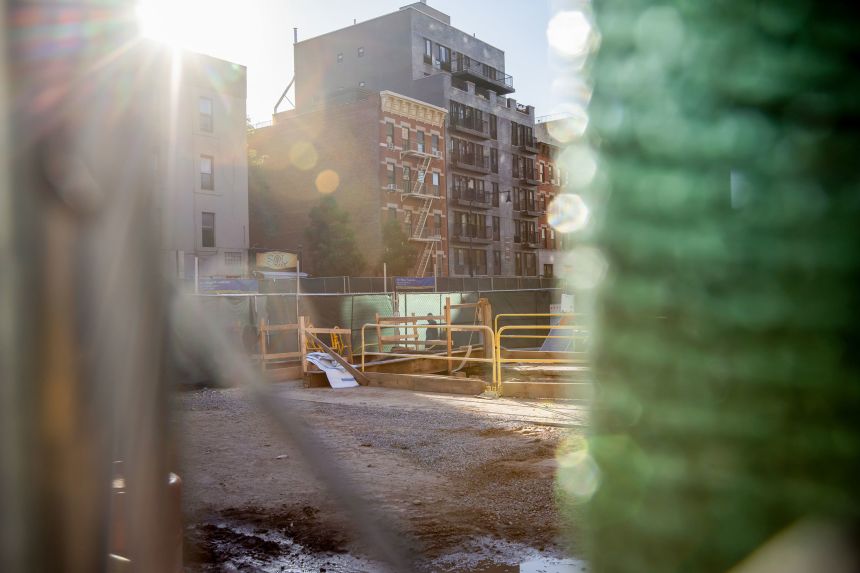
In the suit, the localities documented how the Departments of Housing and Urban Development, Transportation, and Health and Human Services have attached new conditions on funding sources cities rely upon for a broad swath of services. Examples include responding to homelessness; building affordable housing; promoting community development; funding mental health and drug addiction treatment, and maintaining and upgrading city streets, mass transit and airports.
Across this wide range of activities — which the lawsuit said involve $12 billion in federal funding — the Trump administration is demanding that cities accept conditions that include: ending all diversity programs, fully cooperating with federal immigration enforcement efforts, and ending any efforts to promote “gender ideology” or “elective abortion.”
Other federal departments are seeking to impose similar or additional requirements on localities. The Department of Homeland Security has attempted to tie hundreds of millions of dollars in funds local governments use to plan for terrorist attacks or to respond to disasters to basically the same list of demands as in the lawsuit against HUD, HHS and DOT. The Justice Department is exploring ways to deny federal law enforcement grants to cities that have moved to reform or eliminate cash bail; it has also sought to condition $1.3 billion in grants for localities to assist the victims of crime on cooperation with the administration’s immigration enforcement agenda. The Education Department is seeking to rescind federal funding for jurisdictions that have maintained any kind of racial diversity program, or policies on transgender students that the administration opposes. “This administration is trying to test the limits of its power on all fronts,” said Habig.
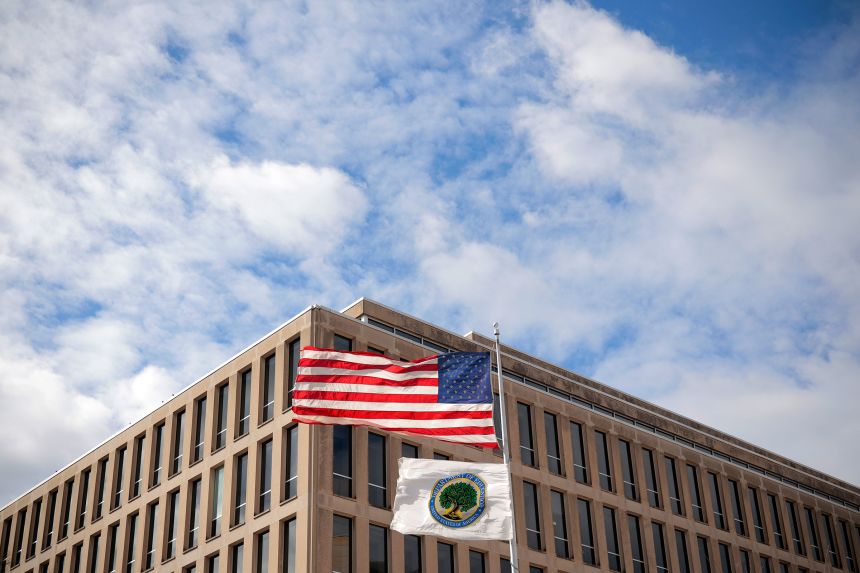
District court federal judges have already ruled against several of the administration’s efforts. In April, a federal district judge in New Hampshire blocked the Education Department from tying grant programs to schools’ diversity policies. District court judges have prevented HUD and the Department of Homeland Security from cutting funds to “sanctuary cities” that limit cooperation on immigration enforcement. In August, a federal district judge in Washington state issued an injunction against the administration in the omnibus case brought by dozens of localities against the HUD, HHS and the Transportation Department requirements. The administration dropped the conditions on crime victim grants after a coalition of Democratic states sued .
The courts have relied on various arguments in reaching these decisions, including the conclusion that the requirements were too vague, or that the agencies violated the Administrative Procedure Act in how they imposed them. But these judgments have centered on the conclusion that the administration is improperly usurping the legislative authority over spending by attempting to impose conditions on the money that Congress did not require when it created the programs. As Judge Barbara Rothstein concluded in the omnibus case, “the statutes authorizing the grants at issue do not confer on (the administration) the kind of authority they are attempting to assert.”
Despite these rulings, the administration has continued to move against cities over their policies in these areas. In the past few weeks, the Transportation Department has revoked $18 billion in funding for two major infrastructure projects around New York City, and $2.1 billion for improvements to the Chicago rail system over allegations that the cities were engaging in improper efforts to promote diversity. The Education Department recently cited diversity and transgender policies when terminating $65 million in funding to support magnet schools in New York City, Chicago and Fairfax, Virginia. After losing the case over defunding sanctuary jurisdictions in September, DHS just days later cut over $233 million in grants to the same places, according to a follow-up lawsuit filed by Illinois and 11 other states.
Habig says that in these continued actions, the administration has not gone so far as “directly violating the terms of a court order.” But, she says, they are “trying to find every possible way around a court order on any technicality they can find …. They are forcing everyone who wants to uphold the rule of law to play a game of whack-a-mole with them.”
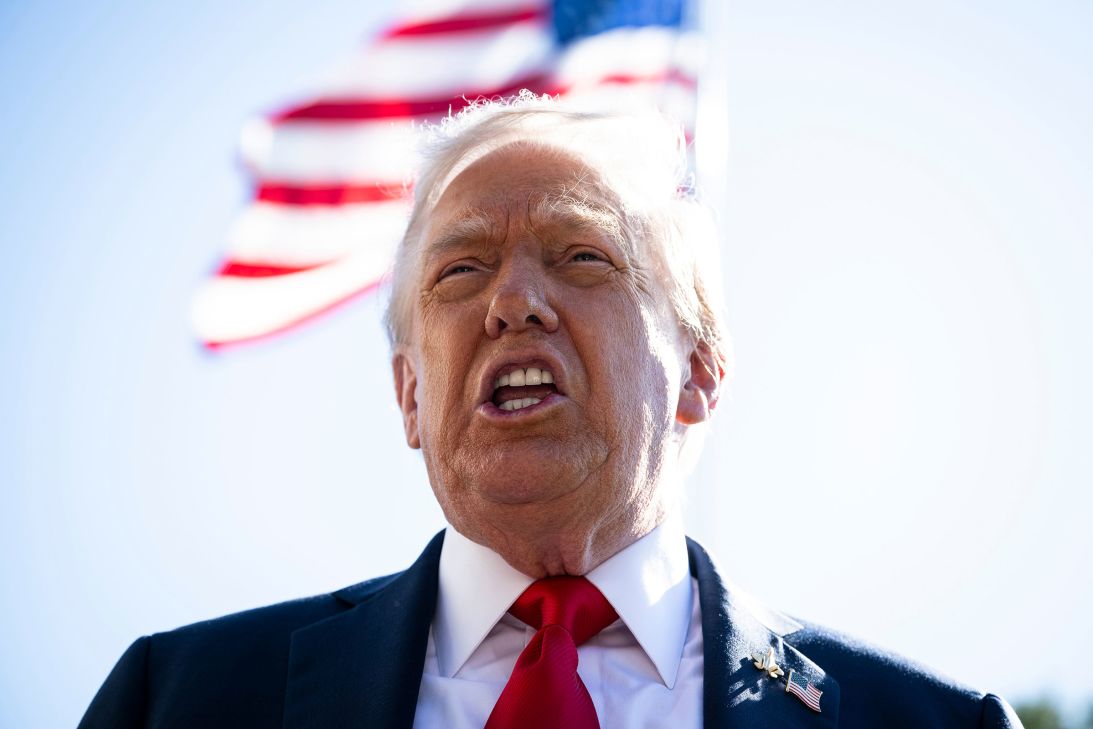
The administration is likely to continue advancing down this confrontational path with big blue cities. Eventually the most important of these cases will reach the Supreme Court, whose GOP-appointed majority has proved extraordinarily deferential to Trump’s efforts to expand presidential power. And in the meantime, Trump clearly sees political benefit in using big cities as a foil to court voters, especially in suburban communities, concerned about crime and disorder.
These conflicts with major cities are in one sense surprising because they come after Trump notably improved his performance in many large urban areas in the 2024 election (though partly because Democratic turnout sagged). But Lehman of the Manhattan Institute says that rather than alienating the new, largely nonwhite voters who moved toward him in 2024, these fights may help Trump solidify his hold on culturally conservative urban residents concerned about crime, disorder and policies toward transgender students.
Liberal big city mayors “have been useful punching bags for him,” Lehman said. The possible election in November of Mamdani in New York, and other left-wing mayoral candidates challenging Democratic incumbents in Seattle and Minneapolis, would only make such confrontations more attractive to Trump, Lehman says. Moss likewise believes Mamdani’s rise will be a powerful weapon for Republicans against Democrats in suburban Congressional races around New York City next year.
Yet recent polls also show nearly three-fifths of Americans (including two-thirds of independents) now express opposition to Trump’s National Guard deployments to major cities. And the termination of federal support for key municipal services could repel some of the new urban voters Trump attracted in 2024; Democrat Mikie Sherrill is already wielding the administration’s cancellation of funding for a tunnel project linking New Jersey and New York against her Republican opponent, Jack Ciattarelli, in the New Jersey governor’s race. Trump’s fights with cities, symbolized by the aggressive ICE actions and National Guard deployments, are also becoming a potent flashpoint for the voters worried that he is undermining civil liberties and shattering constitutional safeguards.
For both Trump supporters and critics, major cities have become the principal front on which the president’s drive to centralize power is colliding with the growing concerns among millions of Americans that he is pursuing an authoritarian dismantling of the constitutional system. Virtually every important political debate in the nation’s history has come to a boil in the nation’s urban centers, starting with the colonial era confrontations in Boston, New York and Philadelphia between revolutionary patriots and British loyalists before the American war of independence. Some 250 years later, the fate of American democracy may be settled once again in the nation’s largest cities.

